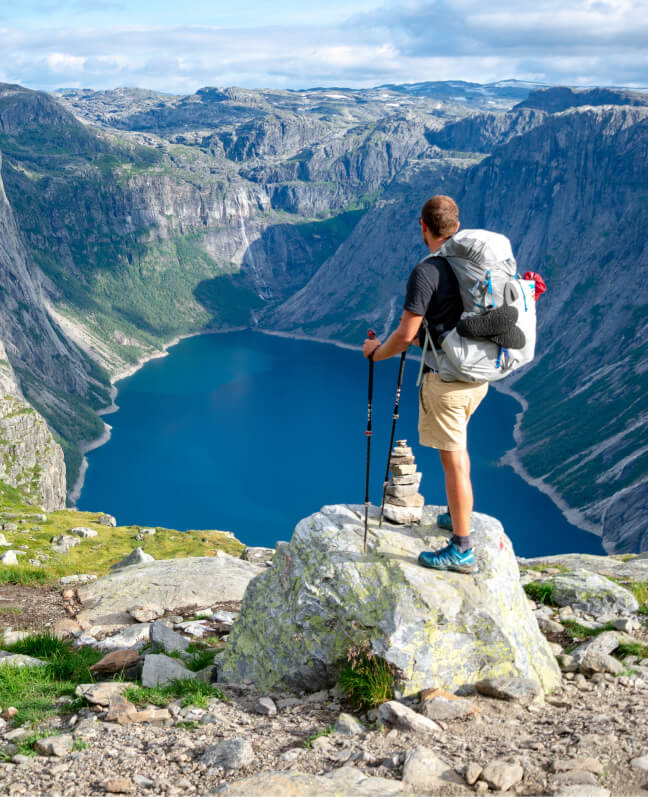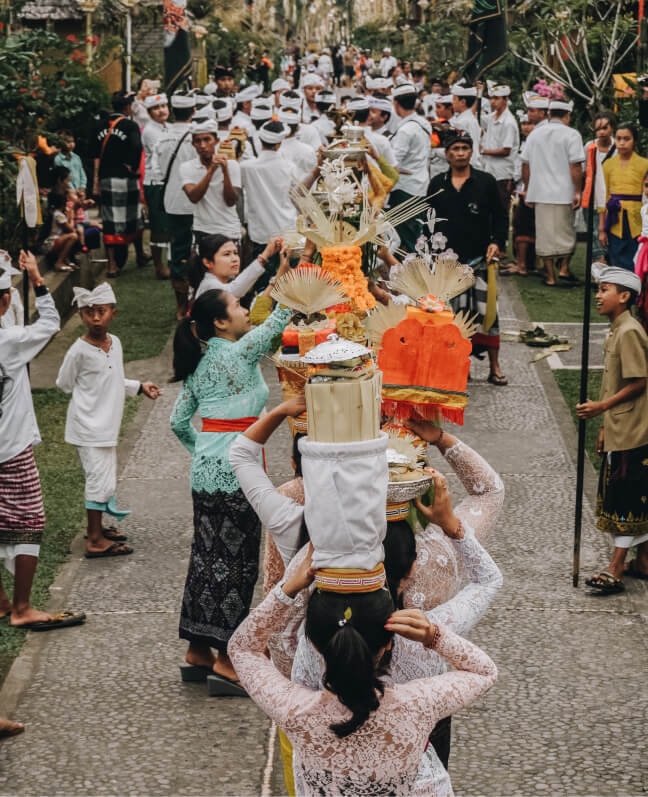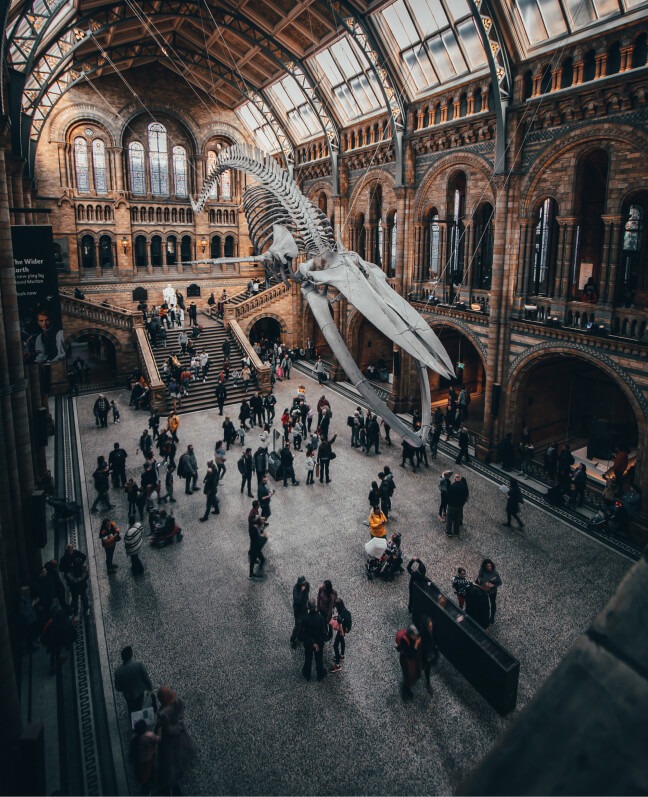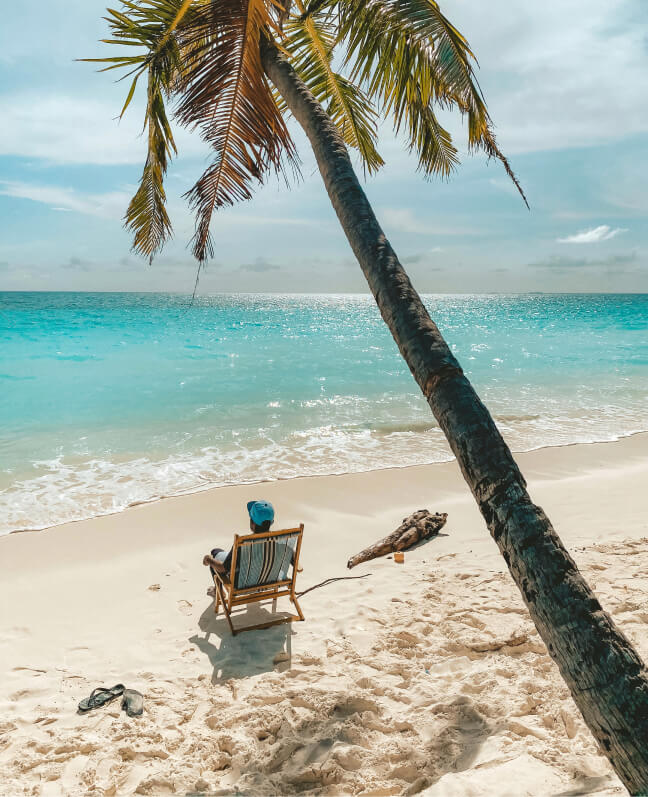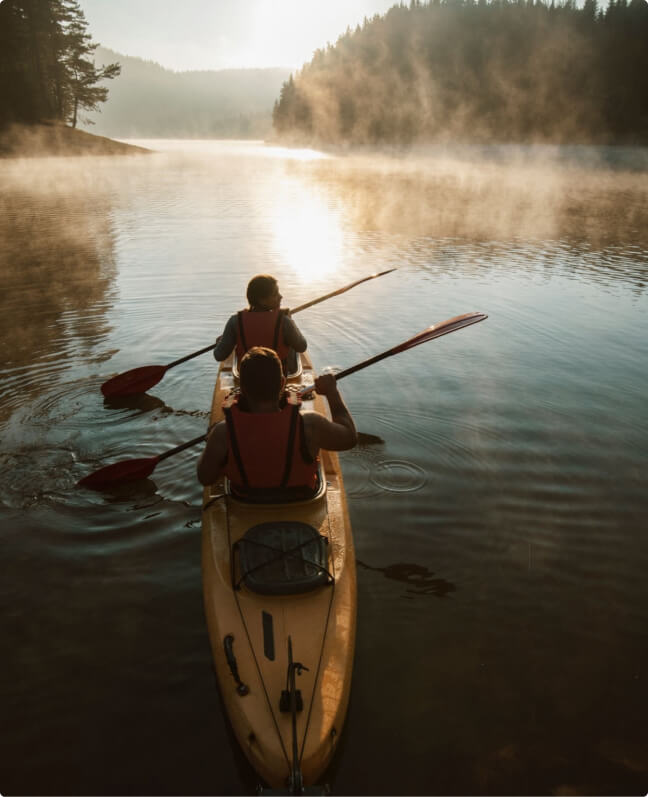Karibu Kenya
Kenya is the birthplace of the safari and an ideal Africa safari destination. Bordering the Indian Ocean with Mount Kenya towering over a tapestry of tiny farms, green hills and golden savanna, the East African nation began drawing tourists over a century ago, enticed by tales of wild animals.
Kenya safaris highlight the country’s dramatic landscapes, which include a range of national parks and reserves, refuge to the “Big Five” (elephant, lion, leopard, rhinoceros, and buffalo.)
Africa safaris in Kenya remain one of the top travel experiences in the world where expert local guides and tailor-made tours are essential. At ASTHO Vacations a locally-owned tour operator, we are perfectly equipped to bring you a seamless Kenya safari tour. Our standard safari vehicle is a 4X4 Land Cruiser Jeep that seats six with long range radios for ease of communication and a pop-up top that makes photography a breeze.
Whether you’re after a safari on a budget, an experience that is comfortable yet affordable, or an exclusive experience luxury Kenya safari, ASTHO Vacations can assist.
Our knowledgeable staff combined with our customizable, interest-driven packages deliver one of the best safaris in Kenya.
Kenya at a Glance
Kenya is a country rich in wildlife, culture, history, beauty and friendly, welcoming people. Kenya is geographically diverse, from snow-capped mountain peaks to extensive forests to wide-open plains.
Key geographical attractions include the Great Rift Valley, which features extinct volcanoes and hot springs, and Kenya’s coastline, complete with reefs and magnificent beaches.
Combine all this with a well-developed tourist infrastructure of hotels, lodges, campsites and a variety of activities, and its no wonder Kenya is a popular tourist destination attracting millions of visitors each year.
About Kenya’s Geography and Climate map of kenyaKenya, an East African nation, spans more than 224,000 sq. miles (582,000 sq. Km), making it only slightly smaller than the state of Texas in the United States.
Where in Kenya
Kenya is situated on the equator and is bordered by five countries: Uganda (to the west), Sudan (to the northwest), Ethiopia (to the north), Somalia (to the northeast), and Tanzania (to the south).
Along its southeast edge, Kenya’s tropical coastline connects the country to the Indian Ocean. Nairobi, the capital of Kenya, is located in the southwest.
Other major cities include Mombasa (situated on the coast), Nakuru and Eldoret (found in the west-central region), and Kisumu (located in the west on the shores of Lake Victoria).
Kenya is blessed with a wide range of topographical features – from the low plains found along the coast, bisected by the Great Rift Valley, to the fertile plateau in the west.
The Great Rift Valley is home to a number of lakes, arid and rugged landscapes, and volcanic landforms with areas of active hot springs and geothermal activity.
Natural Features in Kenya
The highland areas of Central Kenya provide fertile ground for farming, making Kenya one of the most agriculturally productive countries in Africa.
The north of Kenya, however, is largely desert land scattered with thorn bush. This contrasts greatly with the Kenyan coast, which features many beaches, coral reefs, creeks and coral islands.
The coastal strip is largely flat, giving rise to the rolling Taita hills. Mount Kilimanjaro, Africa’s highest mountain, is located along the border between Kenya and Tanzania. Breathtaking views of Kilimanjaro can be seen from Amboseli National Park.
The second highest mountain – Mount Kenya – can be found at the country’s center.
Climate and Weather Conditions in Kenya
Kenya enjoys a tropical climate. The coastal area is warm and humid, the central highlands are temperate, and it is both hot and dry in Kenya’s north and northeast regions.
Rainfall in Kenya is seasonal with most rain falling between the months of April and June and shorter rainfalls occurring between October and December.
People and Culture in Kenya
About Kenya People and Culture Kenya has a population of more than 38 million people, with about four million residing in its capital city, Nairobi. There are 42 ethnic groups who call Kenya home; each group has its own unique language and culture.
Although Kikuyu is the largest ethnic group, the Maasai are the most well known due to both their long-preserved culture and their involvement in Kenyan tourism.
Kenya is also home to immigrants of other nationalities, including Europeans, Asians, Arabs and Somalis. Kenya’s official languages are English and Swahili.
Tourist Attractions in Kenya
About Tourist Attractions in Kenya, Game Safaris and wildlife tours are Kenya’s biggest attractions, drawing many visitors to the country each year.
Kenya manages more than 20 national parks and national game reserves, where visitors can view some of the country’s most spectacular wildlife, including the “Big Five” animals. In fact, the “Big Five” are the central focus of the majority of safari tours and wildlife expeditions offered within the parks.
Kenya’s most popular game park is the Masaai Mara, which borders the Serengeti plains in Tanzania. Between July and September, visitors can witness the remarkable annual wildebeest migration which takes place at the Mara.
Kenya’s many beaches along the Indian Ocean are the country’s second biggest tourist attraction. Visitors can enjoy clean beaches lined with palm trees and studded with luxury resorts, with coral reefs located just offshore.
The City of Mombasa is the entry point to the coast, with beaches extending south to Malindi and north to Lamu Archipelago, a world heritage site.
About Kenya Agricultural Products
Kenya is one of the top agricultural producers in Africa thanks to the rich soil of the Kenyan highlands. Coffee, tea, tobacco, cotton, pyrethrum, flowers, cashew nuts and sisal are Kenya’s cash crops.
Fruit, vegetables, beans, and cassava emerging as key crops for subsistence. Cattle, goats and sheep are also important agricultural products.
Major export markets include Kenya’s neighboring countries, as well as several European and Asian countries, and the United States. About Kenya Government The Republic of Kenya is a multi-party democracy with a National Assembly.
The constitution declares the president as both the head of state and the head of government. Kenya’s government has been stable and the recent administration has worked hard to improve the country on many levels, from education, technology to health care to economic growth.
Kenya’s Challenges
As a developing nation, Kenya has many challenges to overcome. The government is still striving to provide adequate services to the rural communities and corruption in the private and public sector remains rampant.
Unemployment is a constant challenge, as well as crime, disease and poverty. However, as Kenya continues to make a place for itself on the world stage, its abundant agricultural and natural resources, educated manpower, diverse yet cohesive population and vision for the future will see it emerge as a leader among African nations.
12 interesting facts about Kenya
Considering how absolutely incredible Kenya is, it doesn’t get talked about nearly enough! This diverse country in East Africa is home to all five of the Big 5, dramatic landscapes that transform as you move through the country, and vibrant sites such as the Great Rift Valley and the sweeping plains of the Amboseli National Park.
Coastlines, cities, and rugged and wild safari parks make up Kenya, as well as so many other unique facts you may not know! We’re here to try and paint a picture of this gorgeous country for you, and our Trip Manager Haron Mbugua is here to offer his expertise and help!
Whether you’ve been waiting your whole life to see the Masai Mara, or just have an obsession for absorbing random trivia knowledge, here are 11 interesting facts about Kenya to add to your memory bank.
1. Kenya has 50 national parks and reserves
You’ve probably heard of the Masai Mara National Park and Amboseli National Park. They’re both popular safari destinations and Amboseli offers unbeatable views of Tanzania’s Mount Kilimanjaro.
But did you know there are a total of 50 national parks and reserves in Kenya? That’s right, 23 national parks and 28 national reserves are managed and maintained by the Kenya Wildlife Service, ensuring that the native wildlife of this land is protected against hunters and poachers.
But Haron is here to bring even more amazement! On top of the 23 national parks and 28 national reserves, Kenya is also home to “4 national sanctuaries, 4 marine parks, and 6 marine reserves.” That’s a hell of a lot of protected wildlife – and what a beautiful thing!
2. Great Rift Valley was formed millions years ago
This is probably one of THE most interesting facts about Kenya. Slicing through Kenya from north to south is the Great Rift Valley, also known as the East African Rift Valley.
It was formed more than 25 million years ago by geological tension in the earth’s crust and is approximately 6500 kilometres long and 60 kilometres wide. The wide valley allowed for many lakes to form, creating unique habitats for the country’s wildlife.
3. Over 43 languages and dialects spoken in Kenya
The two languages spoken in Kenya are English and Swahili. “The official language is English. The national language is Swahili, which is spoken widely throughout the country.”
“Mostly you’ll hear these phrases: ‘Jambo’ which means hello or ‘Habari’ which also means hello, but is mostly used to greet friends or relatives.” If you’re joining us on Kenyan Highlights trip try them out with the locals!
Beyond English and Swahili, over 43 languages and dialects are spoken in Kenya, and they are grouped in 3 categories. “The first category is Bantu, spoken by 65% of the population, Nilotic (also called paranilotic), spoken by 31% of the population, and Cushites, spoken only by 4%.”
4. Kenya is home to some of the world’s best long-distance runners
There must be something in the water in Kenya! In particular, the country’s Kalenjin people have produced many world record breaking athletes and long-distance runners, known for dominating marathon circuits worldwide.
Something else you may not know is that the Great Rift Valley is actually the playing (and training) grounds of many of these runners!
Kenya is home to some of the world’s best long distance runners. They come to train in this region because the high altitudes and rugged terrain make for a hard training field, which greatly improves their skill
So, if you have any Olympic ambitions, you know where to go!
5. Kenya is home to some beautiful national species!
As you may or may not know, each country has a national animal, bird, and flower; and Kenya’s choices are absolute bangers.
The national animal of Kenya is the East African lion, a species currently considered vulnerable by the International Union for Conservation of Nature.
The African Lion is one of the Big 5, joining other magnificent African animals including the African leopard, the African elephant, the Cape buffalo, and the rhinoceros. You might be lucky enough to catch a glimpse of them on safari with !
The national bird of Kenya is the Lilac Breasted Roller, which may be a lesser known species than the regal lion, but which deserves a spot entirely to itself. With a pattern of vibrant purples and blues, this bird sports an iridescent and hypnotising wing-span, and if you’re lucky enough to spot one in the wild you’ll never forget it.
Lastly, the national flower of Kenya is the fan-favourite and regal orchid. No trip to Kenya is complete without witnessing the vast variety of orchids for yourself.
6. The first Black woman to win a Nobel Peace Prize was from Kenya
Remember the name: Wangari Muta Maathai. This inspirational woman was a Kenyan environmental, social, and political activist who won the Nobel Peace Prize in 2004 for her contribution to sustainable development, democracy, and peace.
She was the founder of the green belt movement which allowed over 51 million trees to be planted in Kenya.
18 women have won the Nobel Peace Prize in total, and Wangari Muta Maathai is one of only 4 Black women to have ever won a Nobel Prize.
7. Lake Turkana is the world’s largest desert lake
While its global claim to fame is that it is the world’s largest desert lake, Lake Turkana is also Kenya’s largest lake. It’s located in the north of the Great Rift Valley, and is listed as a UNESCO World Heritage Site as part of the three Lake Turkana National Parks – Sibiloi National Park, Central Island National Park and South Island National Park.
You may be thinking “wow, that’s a lot of national parks for just one lake,” and yes, it is, but then again Lake Turkana is over 6,000 square kilometres, so it’s a pretty massive lake! The more view points the better.
8. Kenya leads the world’s cut flower exports
Ever been caught red-handed on the night of Valentine’s, scrambling for the last salvageable bouquet because you forgot? Not in Kenya! The country is amongst the world’s 5 largest exporters of cut flowers – mainly roses and carnations; beautiful bright coloured and intricate flowers. These exports are so large in fact that in 2022 Kenya generated 1.1billion US dollars from this industry alone.
9. Kenya is the world’s leading safari destination
Being home to the Masai Mara National Reserve, and being right on the border of Tanzania’s Serengeti park, it’s no wonder that Kenya is amongst one of the world’s leading safari destinations.
In fact, this title is so undisputed, that Kenya was officially recognised as such by the World Travel Awards in 2015, and it has maintained that title since.
10. Coffee is the country’s most valuable export
In March 2021, Kenya exported coffee to the value of approximately 4.56 billion Kenyan shillings, over 40.2 million in US dollars. That’s HUGE, and though not as huge as Colombia’s exports (3.9 billion in US dollars), that’s a hefty amount of coffee – probably at least 100 cups worth! And Colombia is the coffee capital after all, so let’s hear it for Kenya!
Kenyan coffee is considered to be one of the best coffees in the world, and this sentiment rings so true that even most Kenyan locals don’t drink it because it’s valued so highly, and very little amounts are sold domestically.
11. The Great Wildebeest Migration has no beginning or end point
Many people think the Great Migration happens only once a year, however this natural phenomenon occurs year-round as a cycle, meaning it technically does not ‘start’ or ‘finish’ anywhere, which makes this one of the most interesting facts about Kenya.
The wildebeest, zebra and antelope migrate in a clockwise loop between Kenya and Tanzania, and Kenya’s Masai Mara Nature Reserve is one of the best locations to witness one of earth’s greatest shows.
Seeing as the animals are constantly in motion there are a few months a year that we recommend making the trip to Kenya for the best opportunity to see witness this famed migration for yourself. July and its surrounding months mark the peak, so book your trip to Kenya then.
12. Humanity started in Kenya
East Africa, including Kenya, is one of the earliest regions where modern humans (homo sapiens) are believed to have lived. Evidence dating back to 320,000 years ago was found in 2018, suggesting the emergence of modern behaviours, including the use of pigments and the making of projectile points.”
Many African countries are famed for being the birthplace of humanity as human remains and evidence of human life are found scattered across the continent.
So, it’s just amazing that Kenya can count itself as one of those countries and we’re sure that this fact will entice history and anthropology buffs across the globe to pay Kenya a visit.

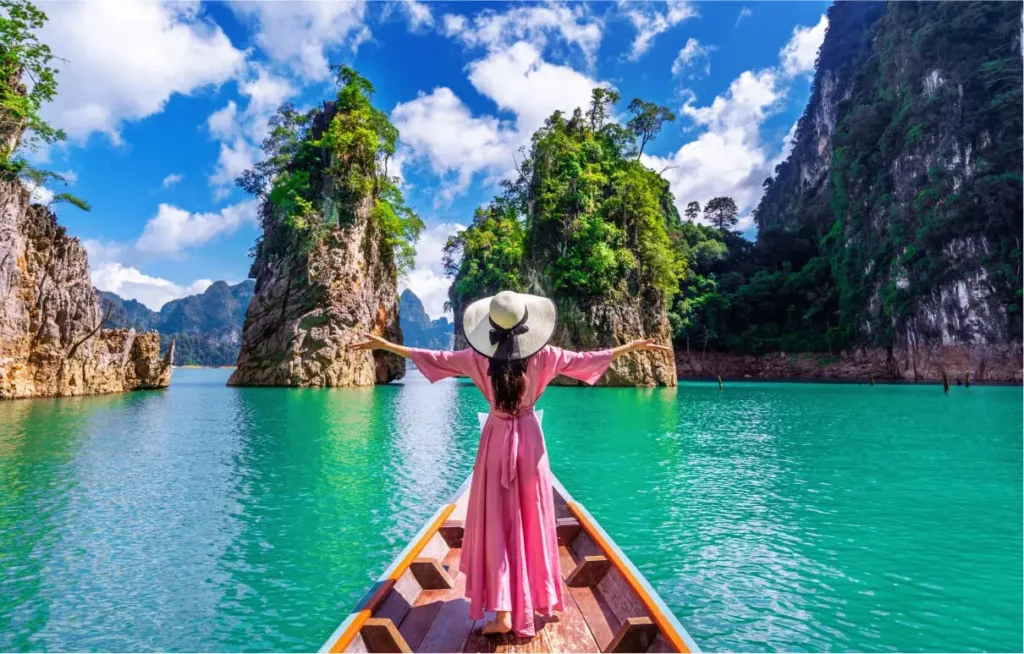



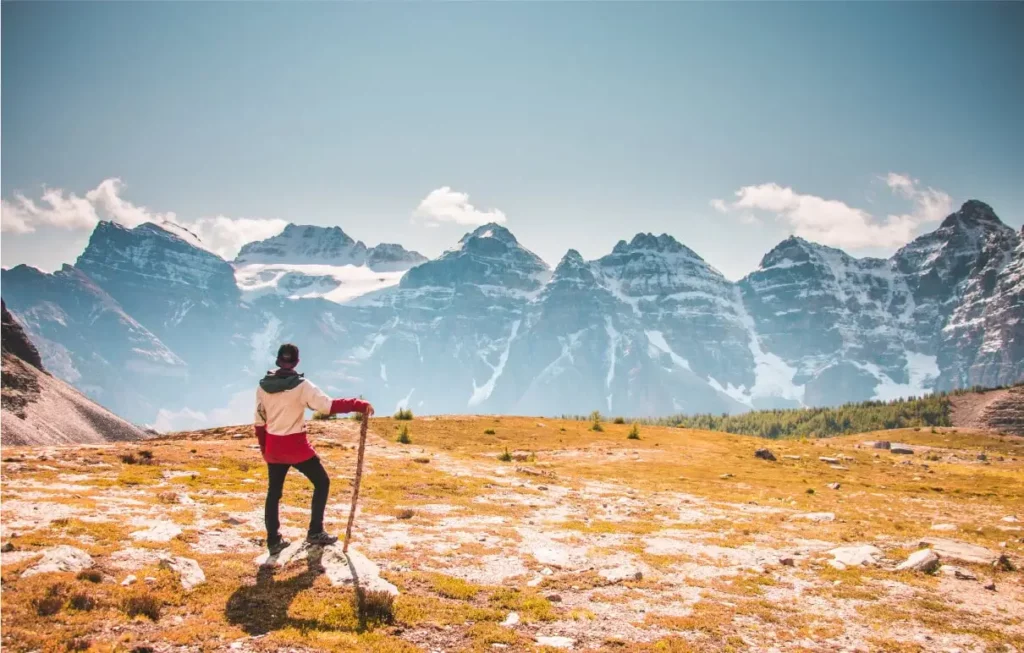
Home of Africa Safaris and Tours
Kenya is the most popular destination for safaris in the world! Roughly the size of Texas, it is famous for its ‘Out of Africa’ scenic beauty, diverse cultures and abundant wildlife. The coastline and tropical beaches are equally inviting. The wildlife is the prime attraction of Kenya safaris, that take place in some of Africa’s most well known national parks including the Masai Mara, Tsavo, Amboseli, and Lake Nakuru.
A Kenya safari contains a mosaic of different cultures and traditions. The people have the natural ability to make every traveller feel at home – ‘Karibu’ a Swahili word meaning welcome is often heard.
- Exploring ancient ruins, historical landmar.
- Immersive cultural experiences, local.
- Hiking, trekking, extreme sports, and out.
- A romantic destination like Paris, Venice.
- Kid-friendly activities, theme parks family.
- Premium accommodations, gourmet.




